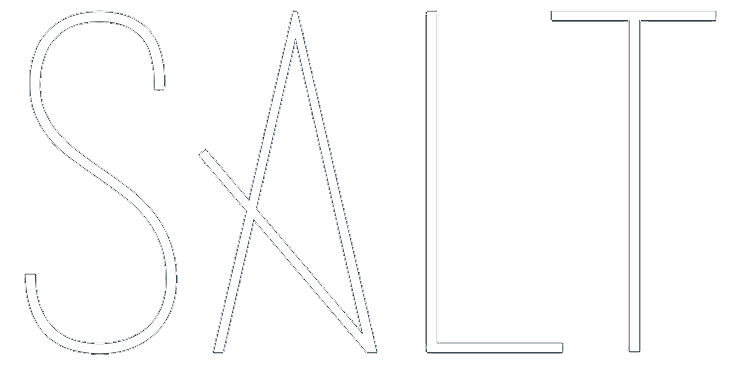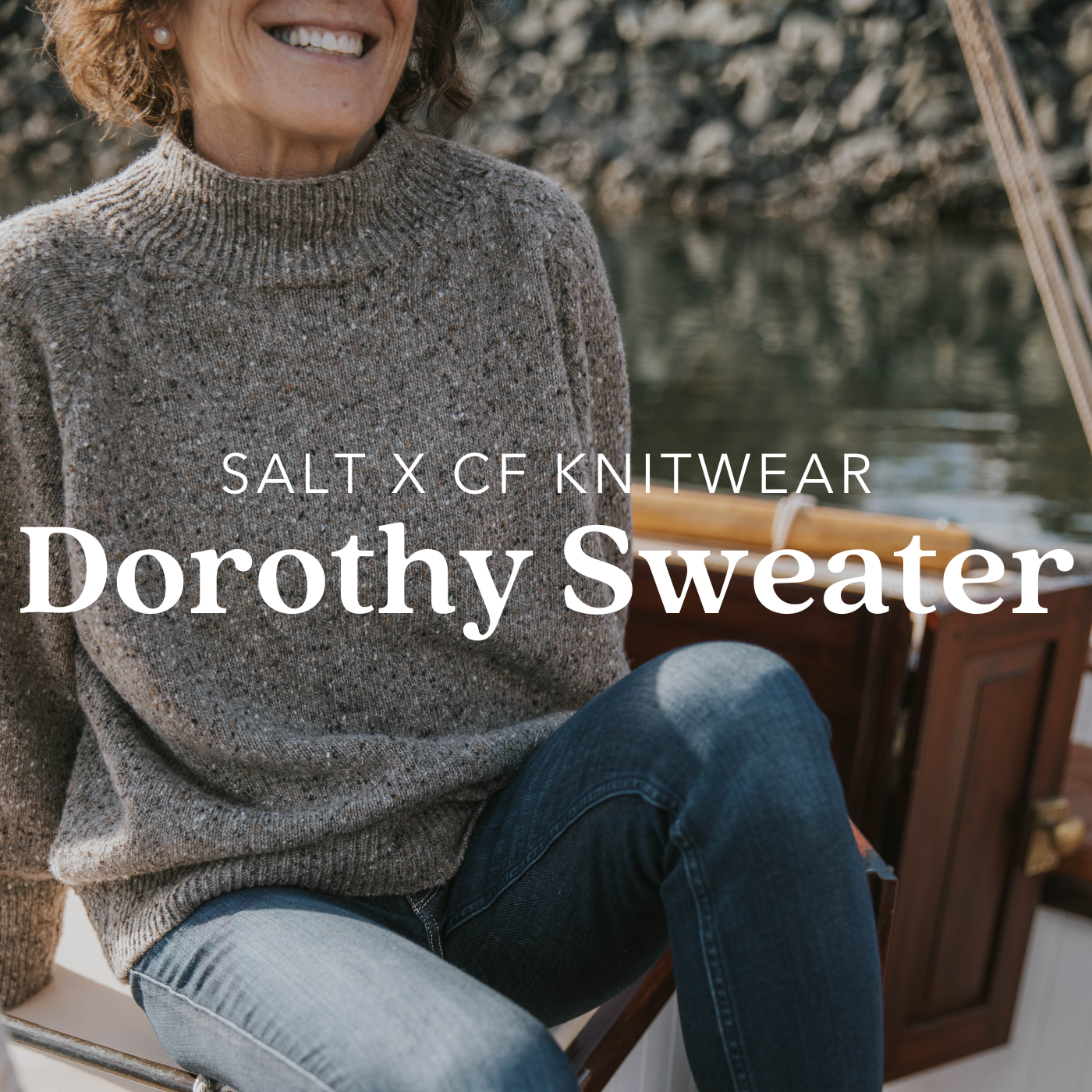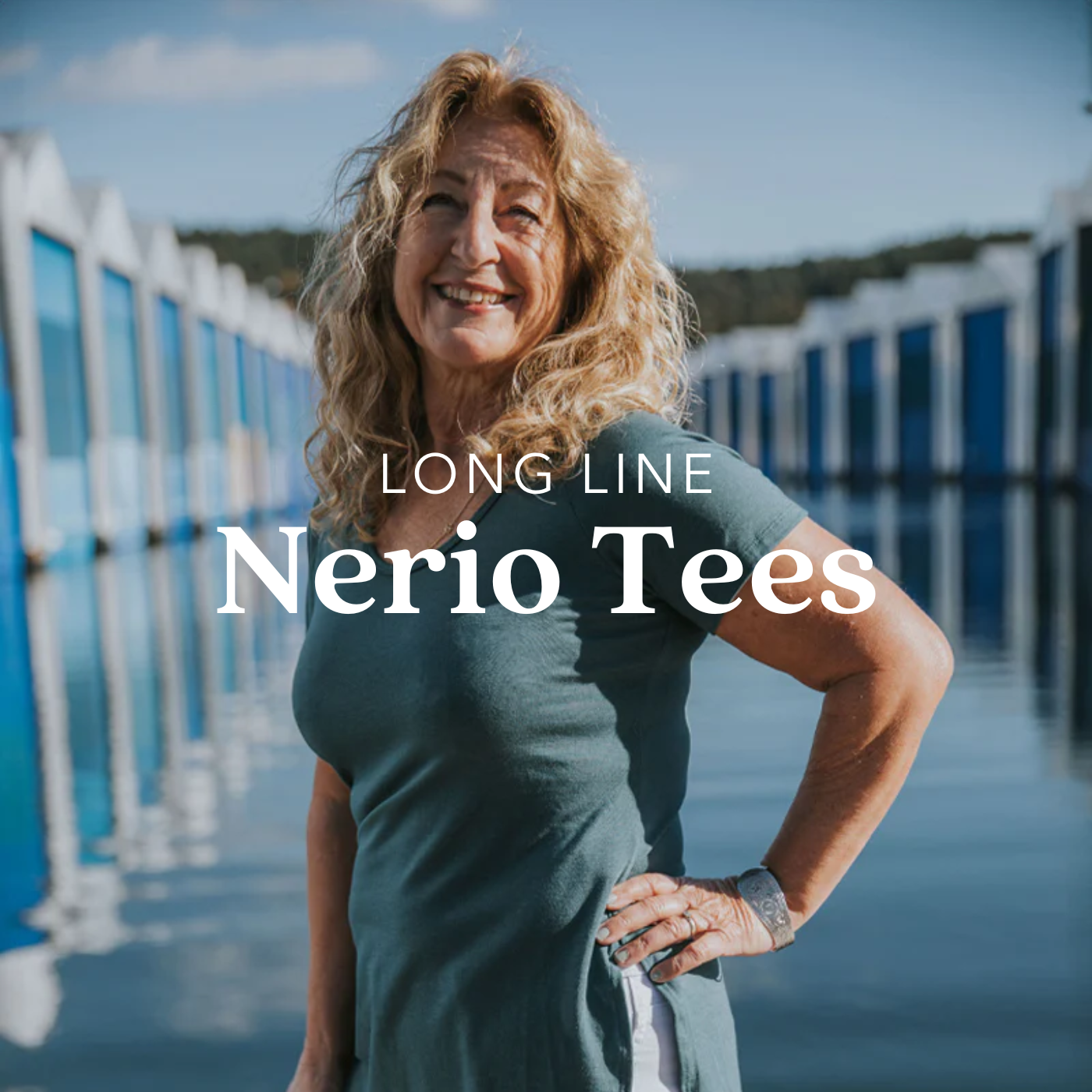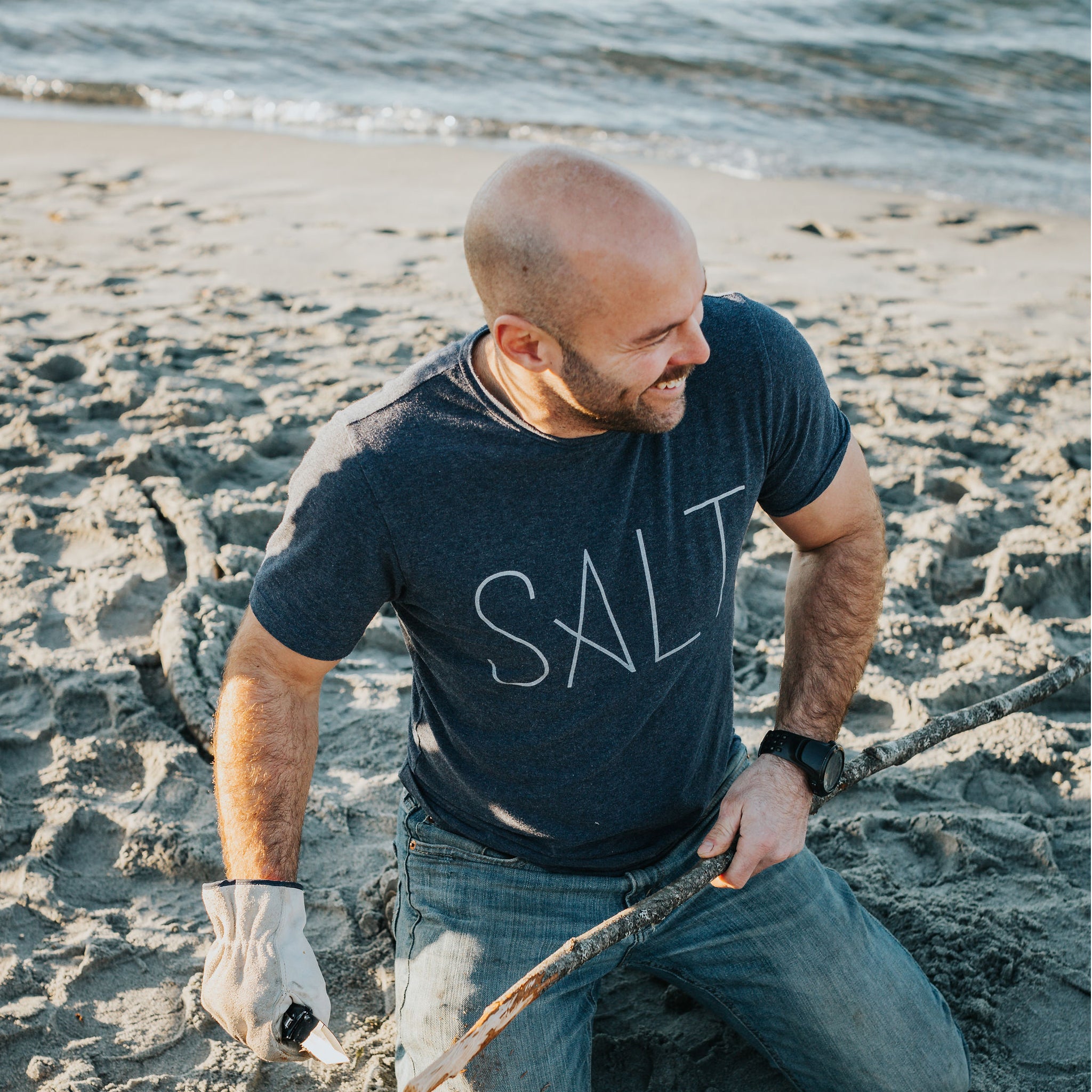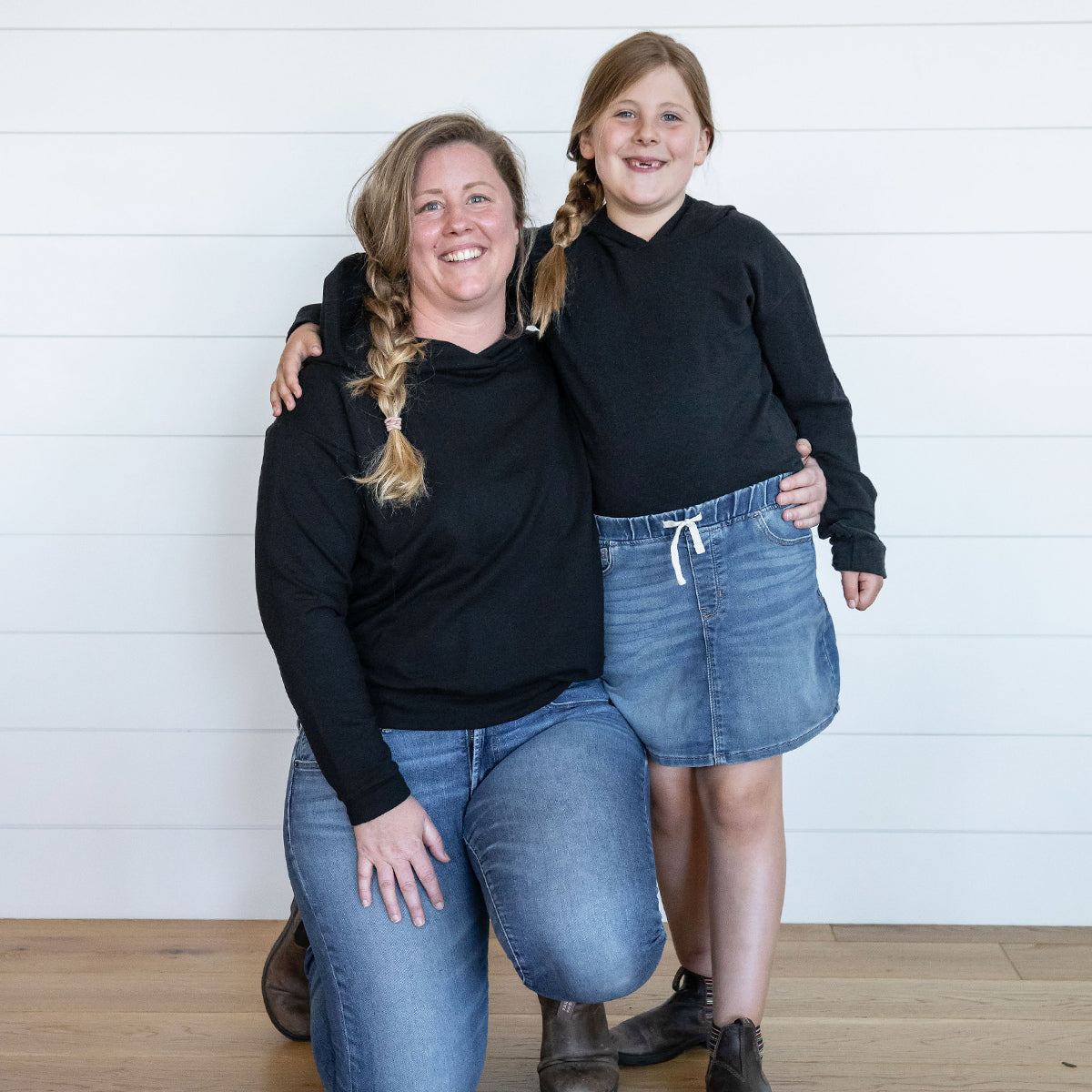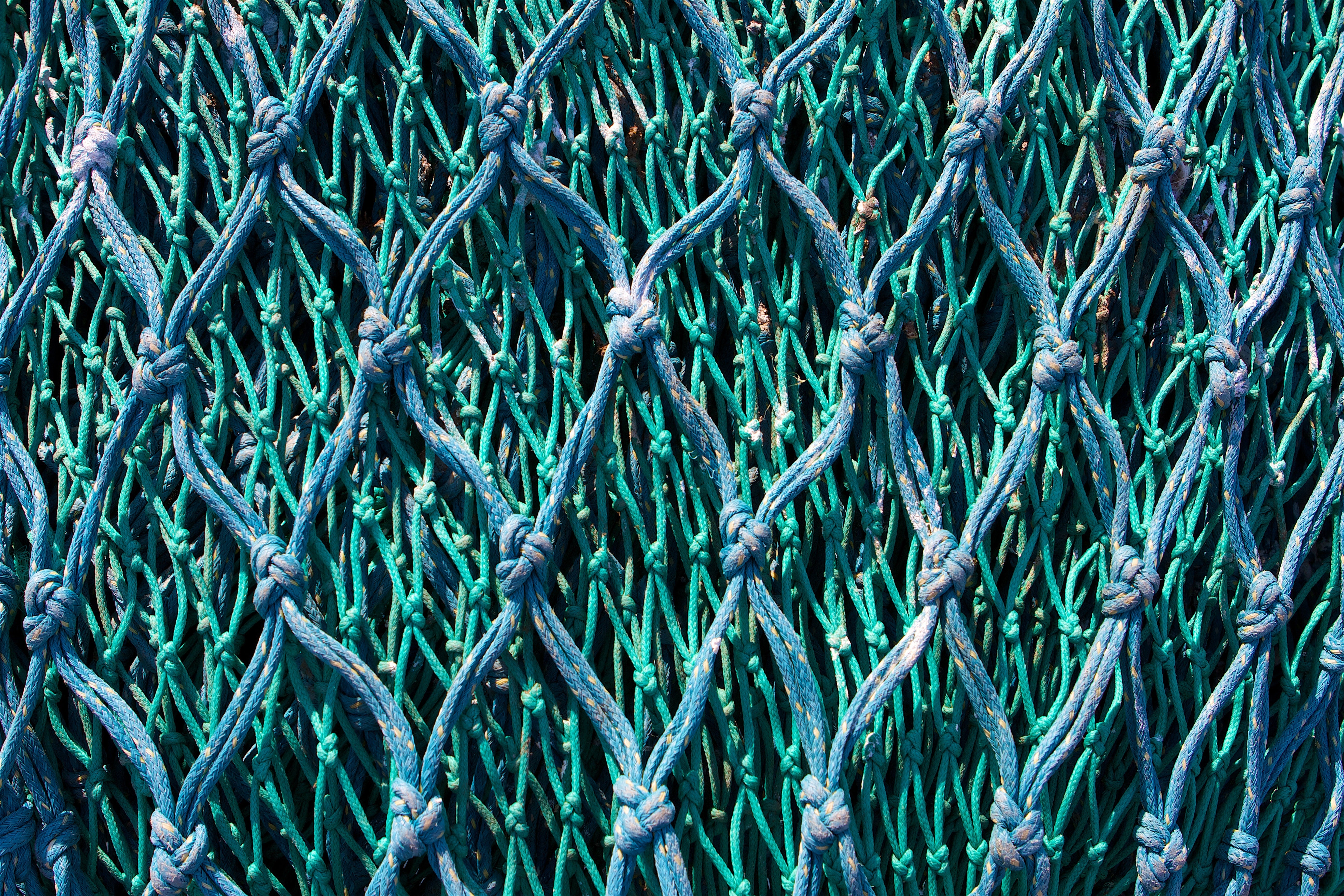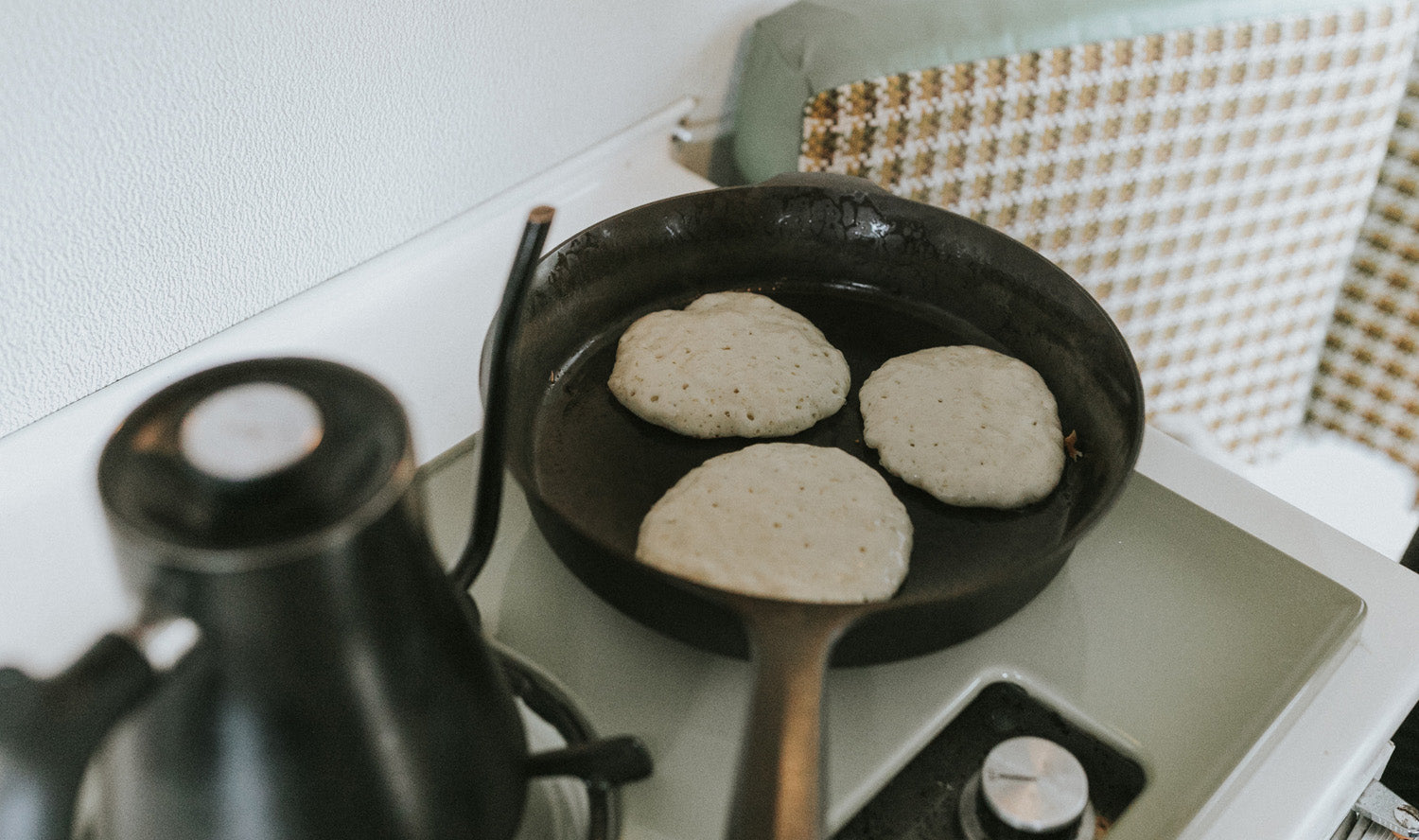
Pancakes + Pans
Call me hyperbolic, but anyone who has ever owned a cast iron pan seems to have a cast iron story.
Years ago, my father-in-law found an old cast iron pan at a dumpsite. It was orange, rusty, and neglected, and it certainly didn’t look like it belonged in anyone’s house, let alone anyone’s kitchen. But my father-in-law knew then what I have only learned now - that a good cast iron pan simply cannot be thrown out. He brought the discarded pan to a sandblaster; he cleaned it, he heated it, he re-seasoned it. And he continues to use it til this day.
Cast iron is forever.
I, myself, am new to the cast iron world. I started cooking with cast iron pans less than a year ago, so my cast iron skills are a bit on the rusty side (pun intended). Cleaning cast iron pans is a new experience for me. For those who aren’t familiar, here's a quick summary
A month or two into my cast iron experience, I put my newly washed pan onto the stove for seasoning. I hadn't quite adapted to the routine yet and I swiftly got distracted by another errand or two, and... I went out for a walk. Yes, you read that correctly. I left the house with the burner still on - the ultimate homemakers shame. Upon arriving home, it took me a while to even realize what I had done. It was only upon entering the kitchen and noticing a whiff of burnt oil that I became cognizant of my faux pas. I had, indeed, left the pan on an open burner. But that’s not even the craziest part of this story. What then - you ask? The craziest part was that the pan was totally fine. (And so was the house, thank goodness). A small superficial heat spot did form in the middle and some of my seasoning did burn off in the process, but otherwise, the pan was completely fine. I’ve never loved a kitchen item more.
Cast iron pans are indestructible. And needless to say, I am a convert.

There is so much to celebrate in the world of cast-iron, and as much as I’d like to discuss each and every aspect - like how they can be used both on the stove and in the oven (that means only one pan to wash on chicken skillet night!) or how my omelettes have never been tastier or fluffier - there is one particular aspect that I’d like to give a special nod to. While cast iron pans are seemingly indestructible, our bodies, most certainly, are not. In a world that is more polluted and more health-obsessed than ever, recent research points to the fact that cast iron pans could be one of the safest and healthiest kitchen choices out there.
How so?
Firstly, cooking with cast iron can provide a much needed iron boost. Scientific research has shown that a small amount of iron gets absorbed into our food when cooking with cast iron pans. Iron is an essential mineral, and as a woman who has spent much of her life on a vegetarian diet, it is also a mineral that my demographic tends to be deficient in. There are two types of iron: heme iron, which is found in many meat products, and non-heme iron, found in many vegetables. Non-heme iron doesn’t absorb as easily into the body as heme iron. To compensate for this, nutritionists often recommend adding above average amounts of iron to vegetarian diets. Enter: Cast iron.
Secondly, Cast iron is free of many of the harmful chemicals that are often found in cookware. PFAS chemicals (including PFOA) are toxic chemicals used in the manufacturing process of many kinds of non-stick cookware, as well as other household items. They are employed due to their ability to repel oil and water. Exposure to PFAS chemicals has been linked to cancer (Canadian Cancer Society and Health Canada), reproductive harm*, and hormone and immune system disruption, amongst others.
The good news is that cast iron pans are produced without the use of these PFAS chemicals. And for those of you who are like myself and still need their eggs in the morning, a well seasoned cast iron pan is a great alternative to the traditional non-stick. We can continue to enjoy our daily omelettes knowing that we're not simultaneously consuming PFOA in the process.
They say cast iron pans are forever. Who says we can't be either?
Okay- it is important for me to note that in the grand scheme of things, the amount of added iron and chemicals avoided from using cast iron may be small. However, while cast iron pans won’t cure all your health problems, it can certainly be a step in the right direction. Today's world is a world inundated with chemicals and stressors, and perhaps a million small changes in the way we live is exactly what we need.
With Field Company’s Cast Iron Skillet you won’t even have to build up a seasoning. All pans come pre-seasoned and are extremely light weight.

We used our Field Cast Iron Skillet to make buttermilk pancakes from scratch in our 1973 Boler. Cooking pancakes on the skillet is a dream. I highly recommend using a metal spatula along with it.
My Buttermilk Pancake Recipe (feeds 4)
Ingredients:
-
2 cups flour
-
2 tbsp sugar
-
2 tsp baking powder
-
1 tsp baking soda
-
½ tsp salt
-
2 cups milk
-
4 tbsp white vinegar
-
2 eggs
-
4 tbsp butter, melted
-
Make the buttermilk in advance: combine the 2 cups milk with the vinegar, and let sit for at least 30 minutes
-
In a large bowl, combine all dry ingredients.
-
In a separate bowl, beat together wet ingredients (buttermilk, eggs and butter). Keep the two mixtures separate until you are ready to cook
-
Heat a lightly oiled pan over medium high heat. You can flick water across the surface to test if it's ready (if it sizzles, it's ready!)
-
Pour the wet mixture into the dry mixture using a wooden spoon or fork to blend. DO NOT OVER STIR.
-
Pour or scoop the batter onto the pan. When the top of the pancake is filled with tiny bubbles/air pockets, that's a good indication to flip. Practice makes perfect!
Serve with Canadian Maple Syrup. Enjoy!
Sources:

